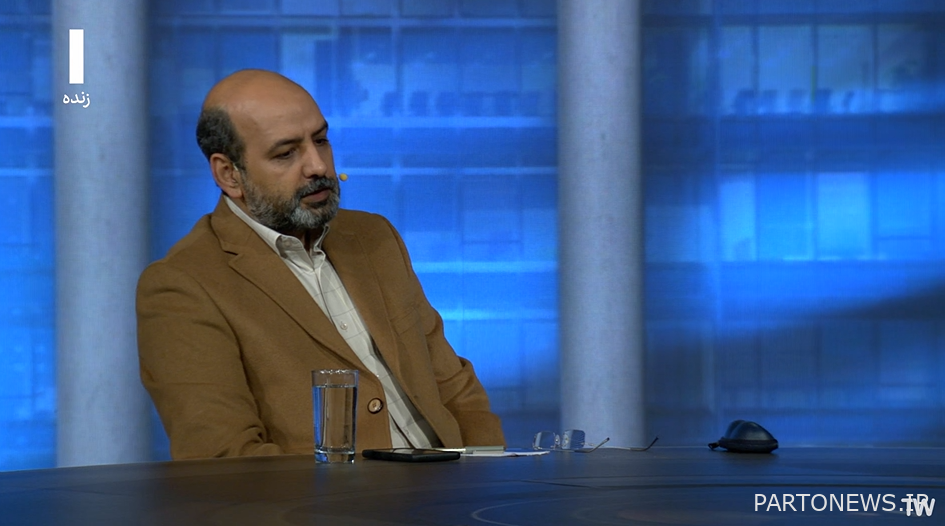Which period was the most prosperous period of television serialization?

According to Fars News Agency’s Radio and Television reporter, the TV program “JamJam” last night with the presence of Shahab Esfandiari, President of Sedavasima University and the former Director of Film and Series Group of Tehran Network, and Mohammad Mahdi Asgarpour, CEO of Artists’ House, Secretary of V-Oudi Association and Chairman of the Board of Directors of Cinema House with The issue of the challenges of producing dramatic works went on the air of One Sima network.
This is the third part of the series of issues of investigating the situation of serialization in radio and television, which is discussed in the “JamJam” TV program. Cinema and TV critic Mahmoud Gaberlo criticized the current situation of serialization on TV last week and said: Unfortunately, in today’s conditions, we don’t have good series on TV and people don’t like the productions. Some unskilled but committed, non-expert but revolutionary young people entered the field, who may have never entered a studio, let alone manage a series. In the world of film production, serialization is very difficult and requires a smart management to guide this team properly.
Seyyed Mohammad Hosseini, director of the Holy Defence Revolution Cinema Association, was also of the opinion that in the current situation, what makes television attractive is not the high-cost dramas that are special for television. Other things, including how to deal with different elements of attraction, are also important in the audience’s exposure to television.
People’s daily life issues are not formed on television
In this program, Mohammad Mahdi Asgarpour, while pointing out that the studies of the Radio and Television Research Center do not match with people’s lives, said: If you pay attention to the serials broadcasted in the last few years and do some research about what topics are discussed and among the society, we will see that What are people’s issues, some of which can be seen in newspapers, we just realized that a large part of the issues that exist in people’s daily life are basically not formed from the beginning on television. I don’t mean the last year or two that the organization has adopted a newer mezzanine for some reasons.
In response to a question about the main goals for the production of the series in the Broadcasting Organization, the CEO of the Artists’ House also stated: extensive communication with different strata of people, finding people’s everyday issues and dealing with them in the form of drama programs such as the organization in other formats such as political issues of passion has shown more. But in the form of a show, I can name a large number of issues affecting today’s society that are not at all in the series, and when we observe why it is not there, we realize that it is suffocated in the bud.
The current situation is not limited to recent conditions
Shahab Esfandiari, the president of Sedavasima University, also said in the continuation of this program regarding the state of dramatic works on television: if we want to study and analyze this process properly and identify the point of decline, we must examine a wider range of management periods in radio and television. We need to see where this decline started and what were the reasons for this decline? This condition that Mr. Asgarpour said regarding the relationship between society and media is not limited to recent conditions. After the political events of the 70s and the second Khordad elections, this was a particular issue.
The most prosperous periods of production of television dramas
He continued: An atmosphere had been created in the society and what was seen on TV before the elections had a disproportion with what existed in the society and this led to problems. But this problem was not unsolvable and we can say that one of the most successful, flourishing and prosperous periods of production of TV dramas was exactly after that incident with the management changes that happened in the field of broadcasting. From 1977 to 1984.

The president of Sedavasima University added: Well, this is a question. So we have had a successful experience in a period. A period when political tensions were very high and during that period, due to the issues that happened in the political field of television and some other issues, some artists actually boycotted television. During the elections, Sedavsima was hit hard and slogans were raised against Sedavsima in universities at that time. But what happened? In a period from 1977 to about 1984-1983, a specific cultural management prevailed in Sima. The broadcasting sector created a surprise with a different type of advertisement with the design that it did, and in the field of theatrical productions, artists were angry and they boycotted the broadcasting because of the political issues that were imposed on the cultural field.
People who cause a gap between artists and government!
Esfandiari went on to say: We are suffering from such an issue even today. People outside the culture space in the political factions, for political goals and objectives, like that there is a gap and tension between artists and the government, artists and the system, and artists with the national media as the most important window of communication and cooperation between artists and the government.
The end of the message/T 521
You can edit this article
Suggest this article for the first page

